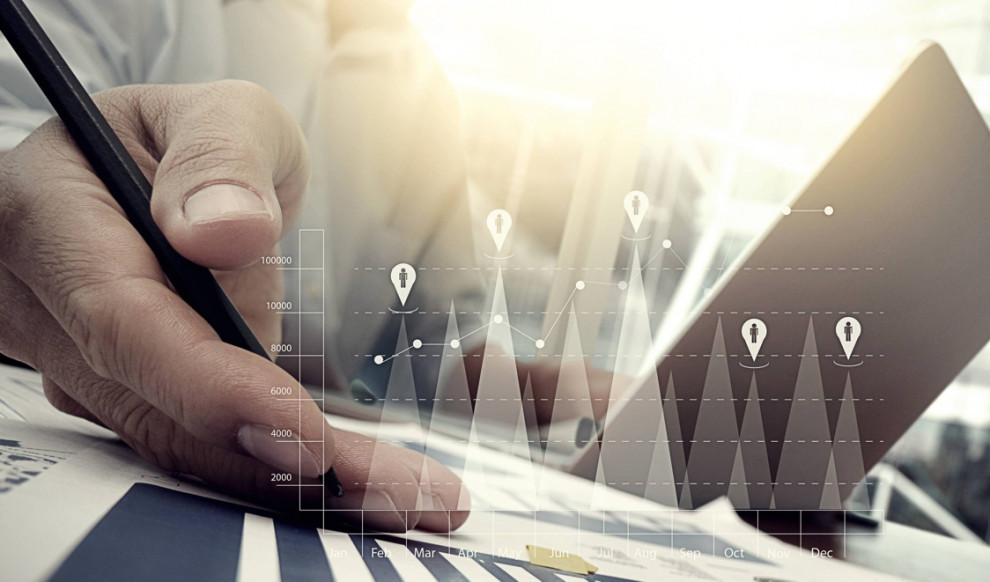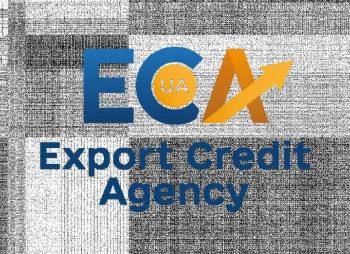All but one country in the CEE have seen a rise in access to corporate loans. Hampered by a few mitigating factors, Croatia sits on the sidelines while other countries like Hungary, Poland, Romania, Czech Republic, Slovakia, Serbia and Slovenia continue to experience development in this area.
Hungary: In spite of the steps taken by the MNB (National Bank of Hungary) to turn the tide in the name of programs like the Market-based Lending Scheme, the Funding for Lending Scheme and a sea of low interest rates, the corporate loan business in Hungary is yet to return to its historical peak of 2009 after which the total stock began to dwindle. In a bid to proverbially wash their hands off of bad NFC loans, local banks have been making huge NPL sales; this and the deleveraging have driven the decrease in stock. In 2016 the moderate NFC loan stock seem to have recalibrated and should see some increase in 2017. Things are not as hopeful though with regards to quota of GDP, as the closing stock of NFC loans at the end of 2016 was about 17%.
Poland: Although Poland has continued to see a steady growth in loans to its non-financial corporations since beginning of the year, the numbers are still way below last year’s with a growth average of 7.4% from last year and 6.1% as at June this year. It is expected however that this dynamic will change rather quickly as it is the habit of corporate loans to evolve repeatedly and there should be a greater level of lending activity before the end of the year. The numbers for loans in the private sector have been on the downside regardless of the increase in demand. The rise in corporate loans means a revival of investment activity so it is safe to project a growth of investment in 2017 after a short period of shrinkage.
Romania: Romania has begun to see a positive trend in the increase of corporate loans, in RON no less, with its peak at nearly 8% y/y in June, the highest growth rate so far in over a year. It is a wonder if this incline will remain for much longer as such spurts of recovery of corporate loans in the past, have remained that, just spurts; cut down by limited investment activity, sales of non-performing corporate portfolios as well as the availability of other funding sources for non-financial companies. EU funds targeted at structure and investment for 2014 to 2020, could turn around Romania’s dithering start and ease the corporate loan business in the future even in the midst of risks like a limited budget which leaves little available for co-financing. A few years of steady and albeit moderate growth, can open-up numerous opportunities for local companies and even greater prospects for those looking to expand their businesses abroad.
Czech Republic: The economic comeback in the Eurozone which gives aid to the exports in the Czech Republic as well as the domestic demand through labour market constriction; has resulted in a steady growth in corporate loans which has remained at about 6% for a year. As companies remain willing to take loans, this development should continue well into 2019 with an increase in growth projected to reach and perhaps even exceed 7% y/y as the programming periods for EU funds come to an end and public investments increase.
Slovakia: With the main propellers being investment loans, and with operating loans becoming even more significant in 2017, the corporate loan business in Slovakia gained momentum this year as loans to non-financial corporates saw an increase in June by 10% y/y after growing by 4% in 2015 and by 6% last year. While the connection to economic development was inconspicuous in the past, at the moment it seems that corporate lending could be positively and directly affected by household consumption and improving business sentiments.
Serbia: In Serbia total credit growth has been aided mainly by expediting LCY loans and posting 2.3% y/y expansions, while FX loans diminish with an average rate of about 6% y/y, at the same time keeping a stable positive footprint in total lending to private corporates in the country. These developments are part of the results of the adoption of the Dinar which compressed LCY interest rates. This has also had an effect on liabilities in the banking sector where FX deposits have increased and there has been a rise in LCY deposits over several years. As such expansion has been documented in all NACE sectors with the highest contributions being from the construction sector, retail, as well as services.
Slovenia: A lending survey from the ECB bank from July of 2017 showed that credit standards, terms and conditions were mitigated in Slovenia especially in the case of Small & Medium Entreprises (SMEs). Fashioned mostly by a 5% y/y increase of long-term loans, in the first two quarters of the year, loans to non-financial corporations recorded an average growth of 3.2% y/y, while short term loans continued to document negative rates of about 1% y/y. Strong economic activity reinforces and bolsters positive developments in corporate lending, resulting in a 5.3% y/y growth spurt in the first quarter of 2017. These positive changes are expected to continue, making the economic outlook of Slovenia quite motivating.
Croatia: Suffering the effects of asset sales and write-offs, Croatia looks at significant amounts as corporate loans record an average fall of about 4% y/y, stagnated LCY loans and the substantial loss being from FX loans of almost -4% y/y. Statistics of new lending paint a better picture which shows that although there was some acceleration in the second quarter of 2017, new FX-clause loans stagnated in the first half (meaning an approximately 2.7% y/y increase vs. a 3% y/y fall in the first quarter of the year) while FX loans went up an average 4.5% y/y. The latest CND survey for 2Q17 however projects a gradual increase in corporate lending in the months to come, bolstered by falling interest rates, favourable economic conditions, and a continued mitigation of credit standards.
Ani Jummai Uyo / InVenture






